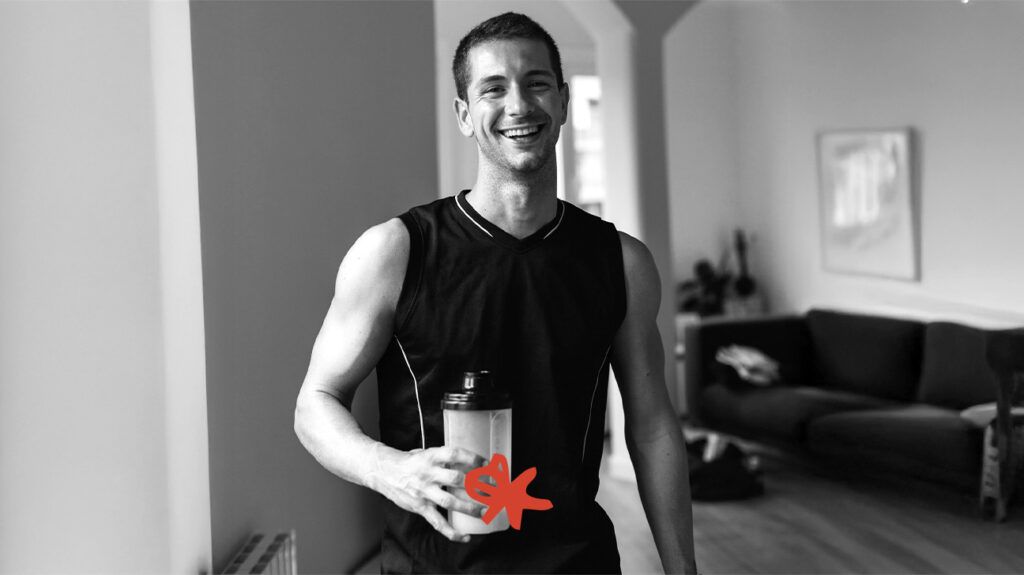A creatine loading phase is when a person takes a higher dose than the maintenance level for several days. Proponents suggest this saturates the muscles with creatine, allowing people to experience the benefits sooner.
Creatine is a substance that is naturally present in muscle cells. It plays a role in helping muscles produce energy that allows them to flex or contract. Growing evidence suggests that supplementing creatine may help enhance strength and improve athletic performance.
Creatine occurs naturally in red meat and fish, and the body can also produce it. People can also consume different forms of creatine as a supplement. When initially using creatine, some people may consider a loading phase to help saturate their muscles with creatine.

A creatine loading phase typically describes when a person takes larger doses of creatine supplements for a few days. Afterward, they will continue with smaller doses of creatine, known as a maintenance dose.
For most people, the loading phase involves
The idea of the creatine loading phase is that it helps increase muscle creatine stores. As creatine plays a key role in muscle contraction, proponents suggest that creatine loading can help maximize creatine storage quickly and allow people to enhance their athletic performance quicker.
Creatine is one of the most studied and popular supplements that may help improve sport and exercise performance. Generally, evidence suggests that creatine is an effective supplement that people can tolerate well. However, there is still some debate on the most effective way to use creatine.
Although loading creatine may help saturate the muscles faster, lower levels of creatine supplementation will eventually reach similar saturation levels. Older guidelines from the International Society of Sports Nutrition (ISSN) advise that dietary supplementation of roughly 3 g per day is sufficient. However, the most effective supplementation strategy may vary depending on the goal of the individual.
Similarly, a
Generally, during a creatine loading phase, a person will either consume
If taking 20 g as a loading dose, a person can either take 20 g in one dose, or separate it into four 5 g serving throughout the day. It is also advisable to take creatine with carbohydrate dense meals or snacks, and to increase water intake during the loading phase. After the loading phase, a person can then take 3 to 5 g of creatine per day.
Alternatively, people can take 0.3 g of creatine per kg of their body weight. For example, a person who is 80 kg would take 24 g of creatine during the loading phase. For the maintenance dose, a person would then take 0.03 g of creatine per kg. For an 80 kg person, a maintenance dose would be 2.4 g.
Creatine supplementation helps increase the phosphocreatine stores in the muscles. This provides energy, which allows the muscles to contract. By providing more energy, this can help improve athletic performance, particularly within high intensity exercise or lifting weights. Many athletes may choose to use creatine supplements, and evidence notes it is effective in helping to build muscle.
Other evidence notes that creatine supplementation may also promote brain health and be beneficial for those living with conditions that affect the muscles.
A person can take creatine supplements to help improve athletic performance. When using creatine, people may consider a creatine loading phase. This generally refers to taking a larger 20- to 25-gram dose of creatine for 5 to 7 days. Afterward, a person takes a smaller maintenance dose of roughly 3 to 5 g.
Proponents suggest that a loading phase can help saturate the muscles with creatine faster. However, a loading phase may not be necessary for everyone. General guidelines note that taking 3 to 5 g per day is usually sufficient for most people.


